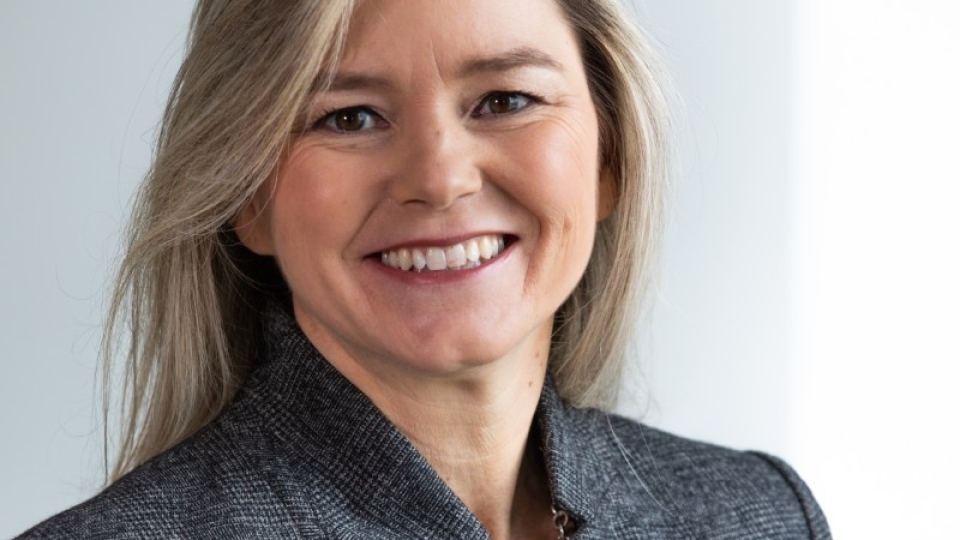
For years, managed service providers have lived in a world of checklists and certificates. Cyber Essentials logos, ISO badges, SOC 2 reports — each promising reassurance that the provider was “secure” or “compliant.” But as cyber risk intensifies, regulation rises, and client expectations sharpen, that box-ticking world is starting to crack.
The uncomfortable truth is that traditional certifications were never designed for the unique role MSPs play. A one-time audit or a policy document doesn’t tell a client whether their provider is actually enforcing multi-factor authentication across tenants, keeping up with patching, or proactively testing backups. Yet those are the very practices that separate a resilient MSP from a vulnerable one. In short: paperwork and promises are no longer enough. What the market wants now is proof.
Ask MSPs about certifications, and you’ll hear the same frustrations.
Cyber Essentials, valuable as a starter scheme, covers only a handful of technical controls — for a mid-sized MSP, it barely scratches the surface. ISO 27001 provides rigour but requires extensive documentation, audits, and budget often out of reach for smaller providers. SOC 2 may satisfy an enterprise buyer in the US, but in the UK market, its lengthy private reports don’t translate into a clear trust signal. And all share the same flaw: they are point-in-time. A certificate earned in June may tell you nothing about the provider’s practices in September.
In other words, certificates prove documentation at a moment in time; continuous assurance proves practice every day.
The result is that good MSPs blend in with bad MSPs. To a client evaluating providers, the logos look the same. That drives competition back to price, not quality, and leaves even mature operators struggling to differentiate. As one MSP director put it recently, “We’re backing new approaches because it brings transparency to an industry that’s operated behind audit reports for too long.”
Several forces are now converging to upend this status quo.
The UK Cyber Resilience Bill will, for the first time, regulate MSP security practices. While its initial scope covers larger providers, the clear direction is upward standards for all. Alignment to the National Cyber Security Centre’s Cyber Assessment Framework (CAF 4.0) is fast becoming the benchmark.
At the same time, SME clients — law firms, accountants, professional services — are under pressure from their own insurers and boards to prove supply-chain resilience. That pressure flows directly to their MSPs. And cyber insurers, facing rising claims, are shifting from questionnaires to control-based evidence. One underwriter told us, “Continuous, independent evidence helps improve submission quality for MSP PI underwriting and reduces back-and-forth on control verification.” Another noted that “live control verification can support risk selection and pricing for MSPs by giving underwriters an objective, continuous view of controls.” The implication is stark: MSPs that cannot prove ongoing resilience will be seen as risky, regardless of the certificates on their website.
In response, some providers are experimenting with continuous assurance models.
Instead of annual audits producing static PDFs, these approaches connect directly into the systems MSPs already run — Microsoft 365, PSA platforms, RMM tools, backup systems — and automatically pull live evidence of both security and service practices. The focus is dual: security controls (for example, patching and access management) and operational maturity (for example, SLA performance or backup testing). That shift matters because being technically secure means little if tickets go unresolved or resilience practices aren’t actually enforced.
Platforms such as Assurix are beginning to operationalise this approach, offering CAF 4.0-aligned verification with real-time monitoring and public directories. Industry bodies like CompTIA have also launched MSP-focused trustmarks, and IASME is piloting enhanced Cyber Assurance models — all signs that the market is shifting toward more evidence-based assurance. Others are exploring more frequent third-party audits or hybrid models that blend annual assessments with quarterly check-ins. Whether continuous assurance becomes the dominant model remains to be seen, but the direction is clear: static certificates are losing credibility.
For MSPs prepared to lead, the upside is tangible. When clients can clearly see evidence of resilience, the conversation shifts from price to value. As one early adopter explained, continuous verification “gives MSPs independent, real-time proof across security and service levels, helping them stand out and win business without being pressured to undercharge.” A verifiable trustmark shortens sales cycles, continuous monitoring highlights gaps early, and alignment to CAF standards means staying ahead of regulation rather than scrambling to catch up.
Yet for all its promise, continuous assurance is not without friction.
Real-time monitoring platforms require integration with existing tools, ongoing subscription fees, and staff time to maintain. For smaller MSPs operating on thin margins, that investment can feel prohibitive — particularly when annual audits, however imperfect, are a known quantity. Not all clients are sophisticated enough to interpret live dashboards or distinguish between real assurance and compliance theatre. And there’s a risk that these new models create a dividing line not between good and bad MSPs, but between those who can afford modern tooling and those who cannot. As one industry observer noted privately, “The bar is rising, but we have to make sure we’re not just locking out the bottom half of the market by default.”
The MSP sector doesn’t need more certificates.
It needs proof. Proof that multi-factor authentication is enforced everywhere, that patches are applied on time, that backups are tested and SLAs are met. Proof that the trustmark on a website today reflects reality today, not an audit from last year.
That is the dividing line now emerging. Not who has the most logos on a slide deck, but who can demonstrate, day in and day out, that they do things right. The sector is at an inflection point: those who embrace evidence-based assurance will shape the new standard. Those who cling to box-ticking will be left behind.
For MSPs, the question is simple: when your next client asks for proof, will you have it?



